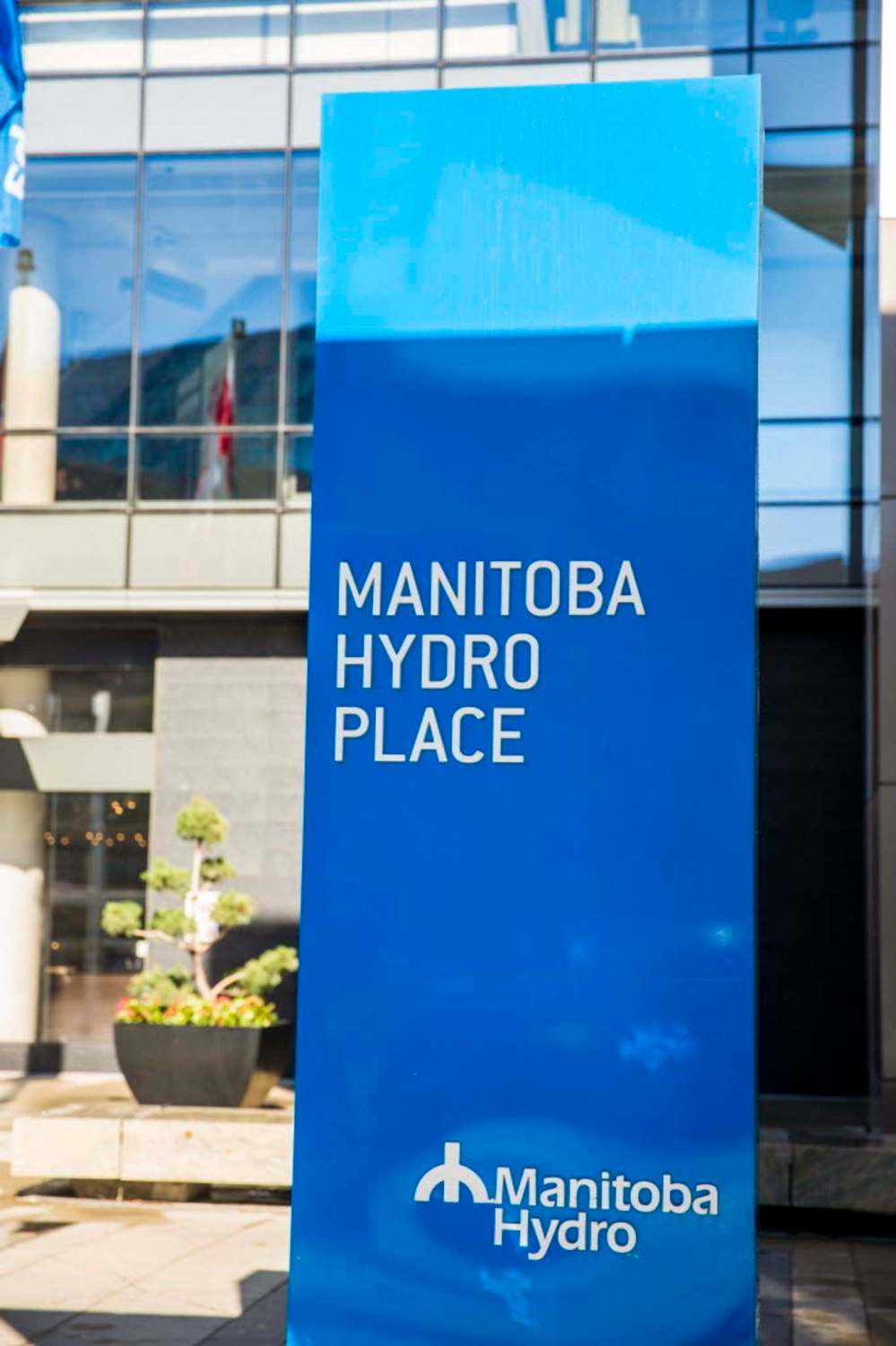Power up new energy authority
Advertisement
Read this article for free:
or
Already have an account? Log in here »
To continue reading, please subscribe:
Monthly Digital Subscription
$0 for the first 4 weeks*
- Enjoy unlimited reading on winnipegfreepress.com
- Read the E-Edition, our digital replica newspaper
- Access News Break, our award-winning app
- Play interactive puzzles
*No charge for 4 weeks then price increases to the regular rate of $19.00 plus GST every four weeks. Offer available to new and qualified returning subscribers only. Cancel any time.
Monthly Digital Subscription
$4.75/week*
- Enjoy unlimited reading on winnipegfreepress.com
- Read the E-Edition, our digital replica newspaper
- Access News Break, our award-winning app
- Play interactive puzzles
*Billed as $19 plus GST every four weeks. Cancel any time.
To continue reading, please subscribe:
Add Free Press access to your Brandon Sun subscription for only an additional
$1 for the first 4 weeks*
*Your next subscription payment will increase by $1.00 and you will be charged $16.99 plus GST for four weeks. After four weeks, your payment will increase to $23.99 plus GST every four weeks.
Read unlimited articles for free today:
or
Already have an account? Log in here »
Hey there, time traveller!
This article was published 27/04/2016 (3508 days ago), so information in it may no longer be current.
It is a cautious toe in the water. Manitoba Hydro is slowly testing Manitobans’ taste for exploring new ways of supplying power to their homes and businesses. It is offering subsidies to take some of the sting out of the relatively high cost of installing solar panels, an investment with a lengthy payback time.
It may amount to a token effort, but the state of green-energy planning in Manitoba is such that some observers regard it as a welcome development. Energy planning in this province has been left to a Crown utility focused almost entirely on building dams and pushing water over turbines. Hydroelectricity is renewable, and therefore touted as “clean” energy, but this strategy now has Manitobans staring at annual rate hikes of four per cent for 20 years to finance a multibillion-dollar capital plan many believe is dangerously flawed.
There was some effort to get wind energy up and running in the early 2000s, but when was the last time you heard the provincial government announce a new turbine? Once a must-mention in environmental planning, wind energy fell off the NDP’s radar, even as former premier Greg Selinger was branding himself David Suzuki’s best friend last year.

Meanwhile, south of the border, wind power production in North Dakota and Minnesota has ramped up impressively. Since 2005, the former has increased its wind power capacity from 98 megawatts to 2,143 MW; Minnesota has been similarly ambitious, going from 745 to 3,235 MW. Manitoba’s wind capacity sits at a mere 237 MW, with turbines spinning at St. Leon and St. Joseph.
The fact is there is a global awakening to big changes in wind and solar technology, developments that have altered the economics of alternative energies. A new generation of batteries is on the horizon, a development that makes solar energy, particularly, all the more attractive — the sun does not shine to match the rhythm of a busy household. And there are smaller changes that can save homeowners money; new window technology is being developed to better keep the summer’s heat out and the winter warmth in.
But only policy wonks talk about this stuff in Manitoba, where homeowners and commercial operations are continually told they have (almost) the cheapest rates in North America. And little wonder alternative energy is a sleepy issue. Hydro is in the business of selling hydroelectricity; much of its staff is tied directly to its multibillion-dollar capital plan. Financing that plan, predicated on projections of domestic need, is based on selling hydro to Manitobans (the export market is not so lucrative anymore). That’s an inherent conflict when it comes to any talk of looking at alternatives, such as using less or shifting to alternative energy sources — an effort Hydro calls “demand-side management.” Indeed, Hydro has underspent its energy-conservation budget by $35 million since 2012.
The provincial government, which takes about $300 million in levies from the Crown corporation annually, also is conflicted in moving people off hydroelectricity. And that’s a problem, as alternative energy is becoming more cost-effective. The solar panel that costs $1,000 today gets to look a little more attractive as hydro rates, expected to double in 15 years, rise.
So who speaks for the interests of ratepayers, for environmental planning and positioning the province for that new economy? There is a way to ensure those interests are fed into government policy and Hydro’s plans. But it’s not done by a shell game that ostensibly moves demand-side management planning from Hydro into a subsidiary of the corporation, as the NDP had planned. That job should be given to a new independent energy authority, an agency that was long ago imagined but that never got off the drawing board. Premier-designate Brian Pallister made this an election promise. He should be sitting down with Hydro’s board soon, to plot the way forward.


